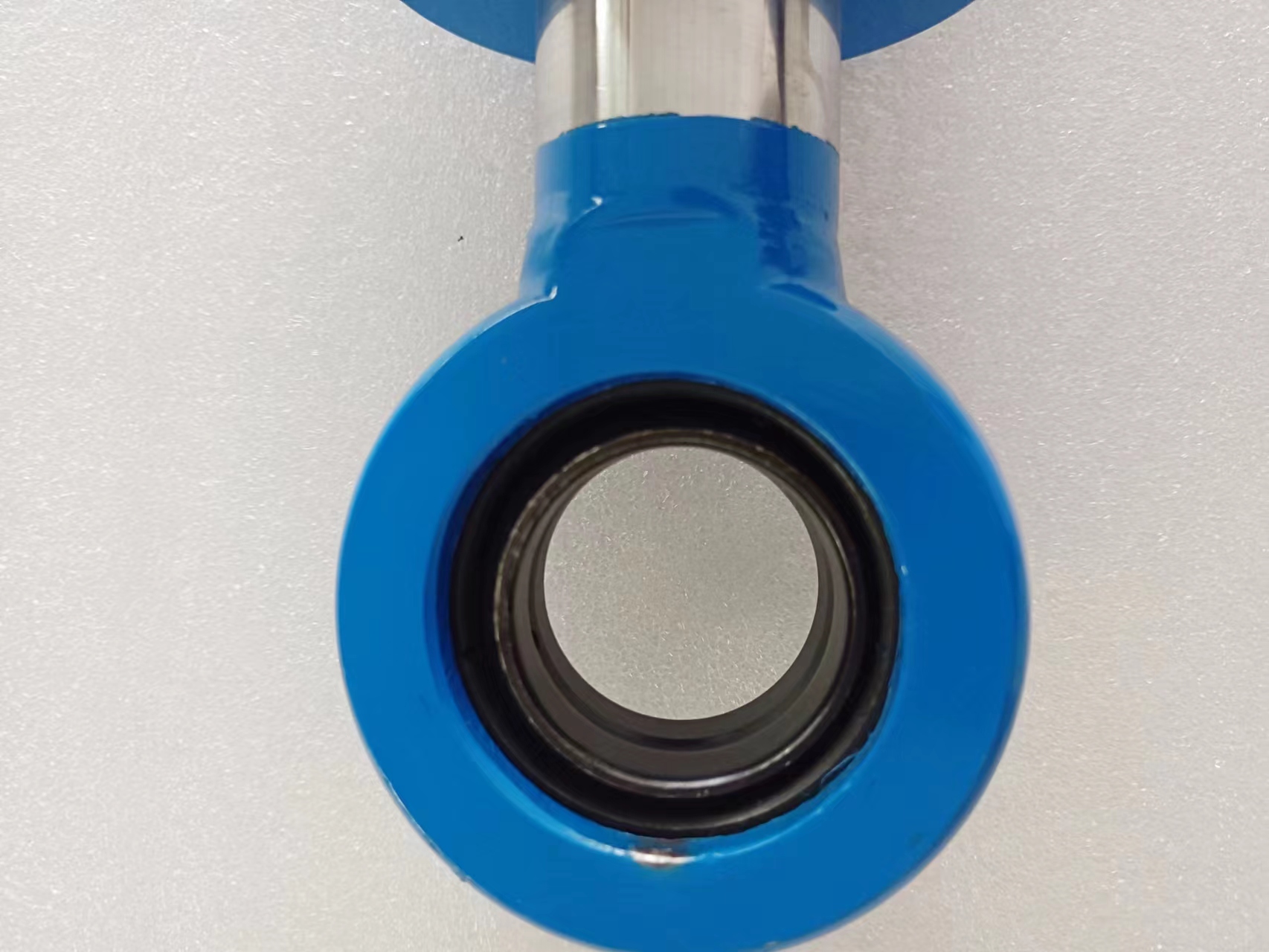Nov . 29, 2024 23:31 Back to list
Hydraulic Cylinder and Pump System for Enhanced Performance and Efficiency
Hydraulic Cylinder with Pump An Essential Component in Modern Machinery
Hydraulic systems play a vital role in various industrial applications, offering efficiency and precision that many mechanical systems cannot match. Among the core components of hydraulic systems are hydraulic cylinders, which work in tandem with hydraulic pumps to convert hydraulic energy into mechanical energy. In this article, we will explore the significance of hydraulic cylinders with pumps, their operational principles, applications, and the advantages they provide in modern machinery.
Understanding Hydraulic Cylinders and Pumps
A hydraulic cylinder is a device that uses pressurized fluid to generate linear motion. It consists of a cylinder barrel, a piston, and a rod. The hydraulic pump is responsible for supplying the high-pressure fluid that drives the piston within the cylinder. As fluid is pumped into the cylinder chamber, it pushes the piston, which in turn moves the attached rod. This process creates the force necessary to perform various tasks, such as lifting, pushing, or pulling heavy loads.
Hydraulic pumps can be classified into several types, including gear pumps, vane pumps, and piston pumps. Each type has its own advantages and disadvantages, depending on the application and the desired pressure and flow rates. However, what remains constant across all hydraulic systems is the fundamental principle of Pascal’s law, which states that pressure applied to a confined fluid is transmitted undiminished in all directions.
Key Applications of Hydraulic Cylinders with Pumps
Hydraulic cylinders with pumps are used across a wide range of industries, including construction, manufacturing, agriculture, and transportation. Here are some common applications
1. Construction Equipment Hydraulic cylinders are integral in heavy machinery such as excavators, bulldozers, and cranes. These machines rely on hydraulic systems to lift heavy loads, dig into the ground, and manipulate large structures.
2. Manufacturing Automation In factories, hydraulic cylinders are utilized in automated assembly lines, ensuring precise movements for tasks like pressing, molding, and cutting. This enables increased production rates and improved quality control.
3. Material Handling In warehouses and distribution centers, hydraulic systems are employed in forklifts and conveyors. The power generated by hydraulic cylinders allows for effortless lifting and transporting of pallets and goods, enhancing logistical efficiency.
4. Agricultural Machinery Tractors and harvesters use hydraulic cylinders for various functions, including lifting mowers, adjusting plows, and operating seeders. The ability to control movements with precision is essential for effective farming operations.
hydraulic cylinder with pump product

5. Transportation Hydraulic systems are also employed in vehicles, such as trucks and buses, where they facilitate functions like raising and lowering cargo beds and adjusting suspension systems.
Advantages of Hydraulic Cylinders with Pumps
The use of hydraulic cylinders combined with pumps presents several significant advantages
- High Power-to-Weight Ratio Hydraulic systems can produce a large amount of force while maintaining a relatively light weight, making them ideal for mobile applications.
- Precision Control Operators can finely control the speed and force exerted by hydraulic cylinders, allowing for intricate operations that require a high degree of accuracy.
- Durability and Longevity Hydraulic systems are generally designed to withstand harsh operating conditions, including exposure to dust, dirt, and extreme temperatures, which enhances their durability.
- Versatility Hydraulic cylinders can be designed and customized for various applications, accommodating different sizes and load capacities to meet specific requirements.
- Reduced Energy Consumption While hydraulic systems rely on hydraulic fluid and pumps, they can be more energy-efficient compared to mechanical systems, particularly in applications requiring variable speed and load capabilities.
Conclusion
In conclusion, hydraulic cylinders with pumps are indispensable components in modern industrial machinery, providing the power and precision necessary for a multitude of applications. Their capability to convert hydraulic energy into effective mechanical motion enables industries to enhance productivity, efficiency, and safety. As technology continues to advance, the integration of hydraulic systems in new applications will further underscore their importance in the evolving landscape of engineering and manufacturing. Whether in construction, manufacturing, agriculture, or transportation, hydraulic cylinders with pumps remain at the forefront of innovation, driving progress in various fields.
-
Fork Lift Power Units - Hebei Shenghan | Efficiency, Reliability
NewsJul.13,2025
-
1.5-Ton Turbocharged Cylinder-Hebei Shenghan|Hydraulic Solution,Energy Efficiency
NewsJul.13,2025
-
Auto Hoist Power Units-Hebei Shenghan|Efficiency&Industrial Lifting
NewsJul.13,2025
-
Double Acting Power Units-Hebei Shenghan|Hydraulic Solutions,Industrial Efficiency
NewsJul.13,2025
-
1.5 Ton Lifting Cylinder 70/82-40-290-535 - High-Performance Hydraulic Solution | Hebei Shenghan
NewsJul.13,2025
-
Fork Lift Power Units - Hebei Shenghan | Efficiency&Reliability
NewsJul.13,2025
